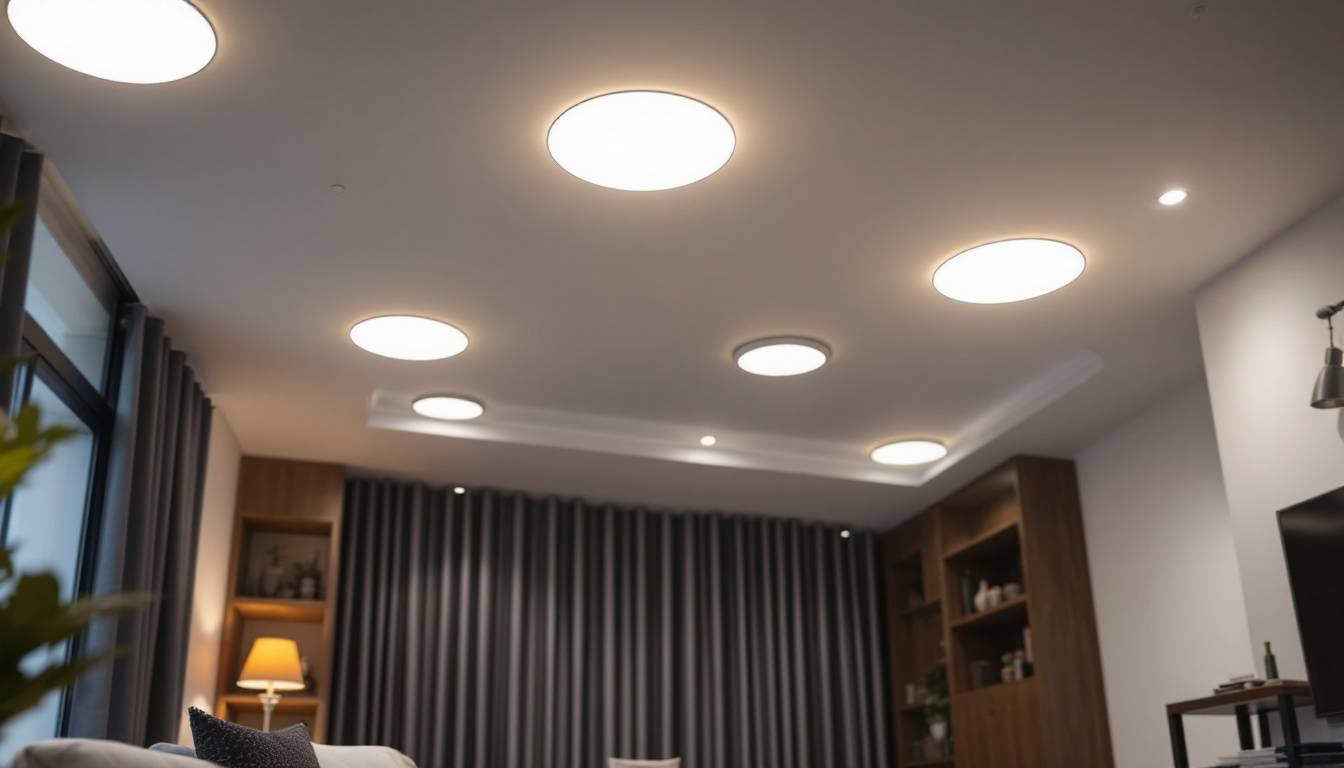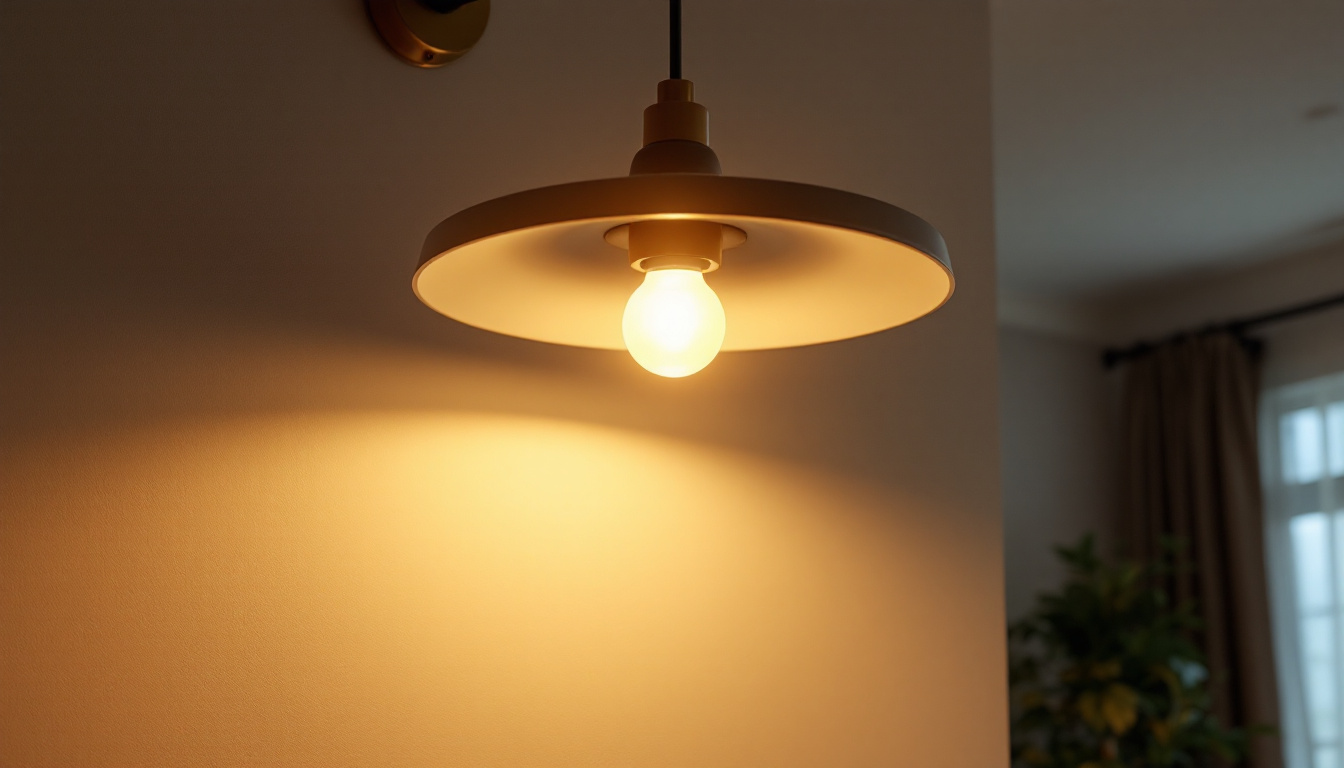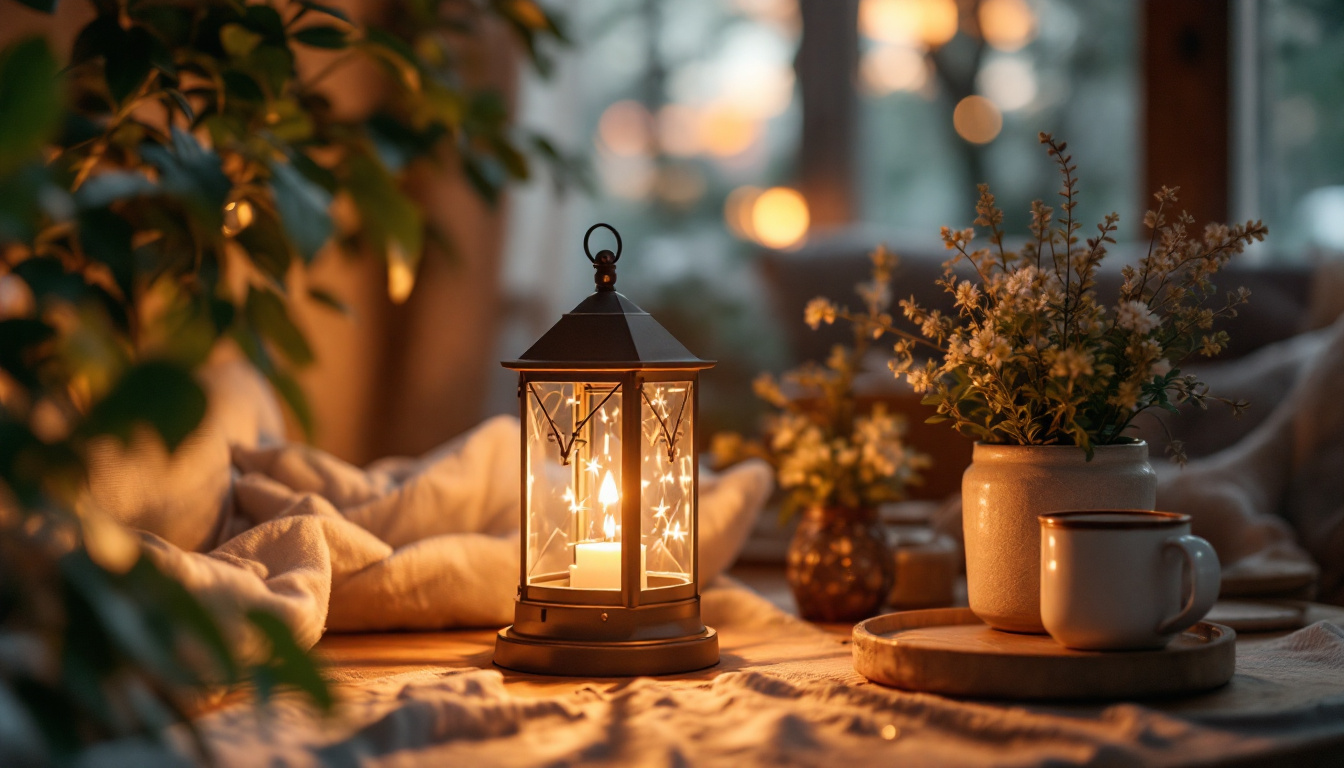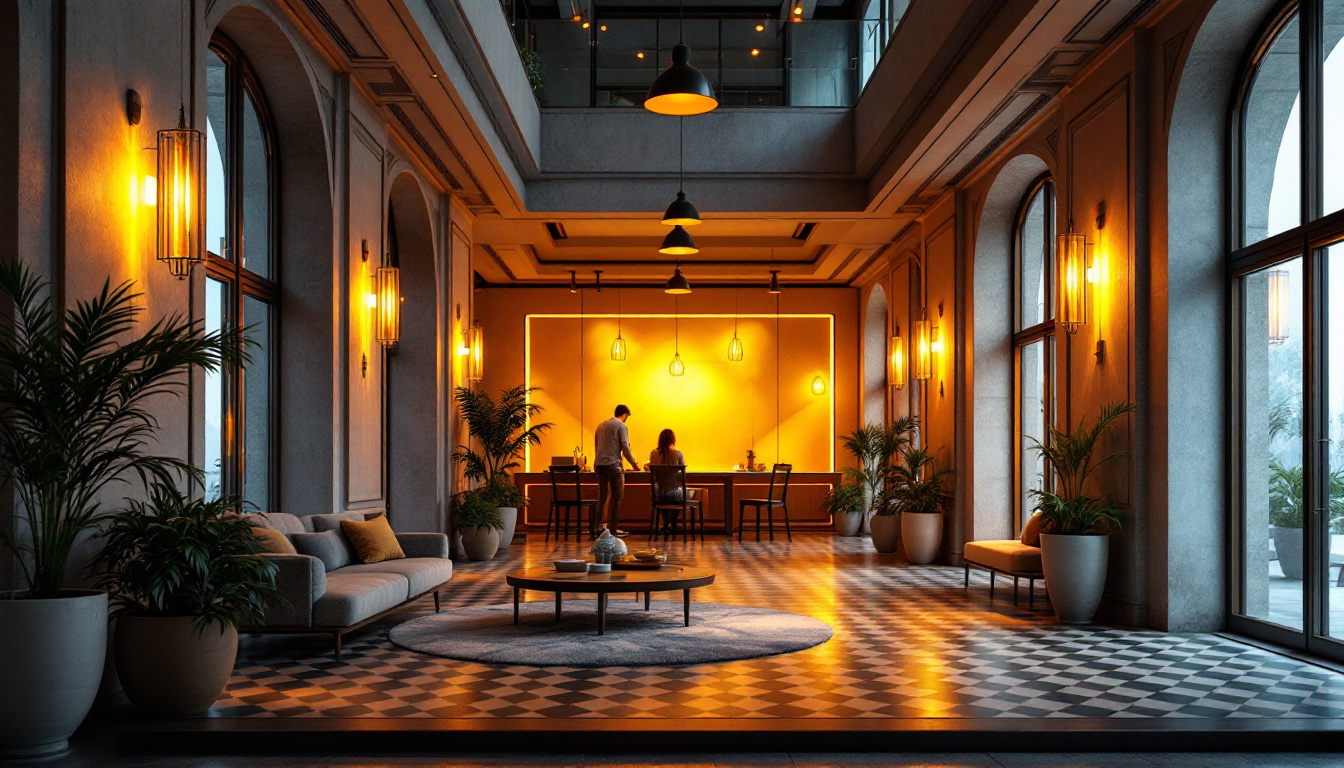
In the ever-evolving world of lighting, LED recessed lights have become a staple in both residential and commercial settings. For lighting contractors, understanding the nuances of these fixtures is crucial for delivering optimal solutions to clients. This article delves into six key aspects of LED recessed lighting, providing insights that can enhance your expertise and service offerings.
LEDs, or Light Emitting Diodes, are semiconductor devices that emit light when an electric current passes through them. Unlike traditional incandescent bulbs, which rely on heating a filament, LEDs convert a higher percentage of energy into light, making them far more efficient. This efficiency results in lower energy bills and reduced heat output, which is a significant advantage in various applications. Additionally, the compact size of LEDs allows for versatile design options, enabling innovative lighting solutions that can be tailored to specific needs, whether in residential, commercial, or industrial settings.
Furthermore, the lifespan of LED lights is significantly longer than that of traditional bulbs. While incandescent bulbs may last around 1,000 hours, LEDs can last upwards of 25,000 hours or more. This longevity not only reduces the frequency of replacements but also minimizes waste, aligning with sustainable practices that many clients prioritize. The durability of LEDs also means they are less prone to breakage compared to fragile incandescent or fluorescent bulbs, making them ideal for high-traffic areas or installations in challenging environments. As technology advances, new LED designs continue to emerge, further enhancing their performance and application range.
One of the defining characteristics of LED recessed lights is their ability to produce a range of color temperatures. Measured in Kelvin (K), color temperature can affect the mood and functionality of a space. For instance, warmer tones (2700K-3000K) are often preferred in residential settings for their cozy ambiance, while cooler tones (4000K-5000K) are ideal for commercial environments that require a more energetic and focused atmosphere. This versatility allows designers and homeowners to create the desired atmosphere in any room, from the soft glow of a living room to the bright illumination of a kitchen.
Moreover, the Color Rendering Index (CRI) is a critical factor to consider. A higher CRI indicates that colors will appear more vibrant and true to life, which is particularly important in settings such as art galleries or retail spaces. As a lighting contractor, recommending fixtures with a CRI of 90 or above can significantly enhance the quality of light in any installation. Additionally, advancements in LED technology have led to the development of tunable white LEDs, which allow users to adjust the color temperature according to the time of day or specific activities, further enhancing the adaptability of LED lighting solutions. This feature is particularly beneficial in environments like offices, where lighting needs may change throughout the day, promoting productivity and well-being among employees.
When selecting LED recessed lights, it’s vital to understand the difference between new construction and remodel fixtures. New construction fixtures are designed for installation in ceilings that are still being built, allowing for easy integration into the structure. These fixtures typically have brackets that secure them to the framing, ensuring a stable installation.
On the other hand, remodel fixtures are intended for retrofitting into existing ceilings. They are equipped with clips that secure the fixture to the ceiling drywall, making them an excellent choice for renovations. Understanding the specific needs of a project can help contractors recommend the right type of fixture, ensuring both functionality and aesthetic appeal.
The trim of a recessed light is the visible part that surrounds the bulb and can significantly influence the overall look of a space. There are various trim styles available, including baffle, reflector, and adjustable trims. Baffle trims are designed to reduce glare and provide a softer light, making them suitable for residential applications. Reflector trims, on the other hand, enhance brightness and are often used in commercial settings where higher light levels are required.
Adjustable trims allow for directional lighting, making them ideal for highlighting artwork or architectural features. By understanding the different trim options, lighting contractors can provide tailored solutions that meet the specific needs of their clients.
When installing LED recessed lights, it’s essential to consider the wattage and lumens output. Lumens measure the amount of light emitted by a fixture, while wattage indicates the energy consumption. For LED lights, lower wattage does not necessarily mean lower brightness. In fact, a 10-watt LED can produce the same amount of light as a 60-watt incandescent bulb, making it crucial for contractors to educate clients on this efficiency.
Calculating the total lumens needed for a space can help determine the number of fixtures required. Factors such as room size, ceiling height, and the intended use of the space should all be considered. By providing clients with a clear understanding of these metrics, contractors can ensure that the lighting design meets their expectations and functional needs.
Proper placement and spacing of recessed lights can dramatically affect the quality of illumination in a room. A common rule of thumb is to space the fixtures approximately 4 to 6 feet apart, depending on the height of the ceiling and the desired light level. For higher ceilings, wider spacing may be necessary to achieve even lighting throughout the space.
Additionally, contractors should consider the purpose of the room when determining placement. For example, in a kitchen, lights should be positioned over work areas to provide adequate task lighting, while in a living room, fixtures can be spaced to create a more ambient glow. Thoughtful placement enhances both functionality and aesthetics, leading to satisfied clients.
One of the most compelling reasons to recommend LED recessed lights to clients is their energy efficiency. While the initial cost may be higher than traditional lighting options, the long-term savings on energy bills can be substantial. LEDs consume significantly less power, which translates to lower electricity costs over time.
Furthermore, many utility companies offer rebates and incentives for switching to energy-efficient lighting solutions. Contractors can assist clients in navigating these programs, potentially offsetting the upfront costs and making the transition to LED lighting even more appealing.
In addition to financial benefits, LED recessed lights contribute positively to the environment. Their reduced energy consumption means less demand on power plants, leading to lower greenhouse gas emissions. Additionally, LEDs do not contain harmful substances like mercury, which is found in some traditional lighting options. By promoting LED lighting, contractors can help clients make environmentally responsible choices that align with sustainability goals.
The rise of smart home technology has opened new avenues for LED recessed lighting. Many modern fixtures are now compatible with smart home systems, allowing for remote control, scheduling, and even voice activation. This integration enhances convenience and can significantly improve the user experience.
Contractors should stay informed about the latest smart lighting technologies and be prepared to offer solutions that align with clients’ preferences for home automation. Whether it’s adjusting brightness levels or changing color temperatures through a smartphone app, smart LED recessed lights can provide added value to clients looking for innovative solutions.
Smart LED recessed lights also offer customization options that can enhance the functionality of a space. For example, some systems allow users to create different lighting scenes for various activities, such as movie nights or dinner parties. This level of control not only improves the ambiance but also allows clients to tailor their lighting to suit their lifestyle.
As a lighting contractor, being knowledgeable about these options can set you apart from competitors and position you as a go-to expert for clients seeking cutting-edge solutions.
While LED recessed lights are known for their longevity, occasional maintenance may still be necessary. Regularly checking for dust accumulation on fixtures can help maintain optimal performance. Dust can reduce light output and affect the overall efficiency of the lighting system. Educating clients on simple maintenance tasks can prolong the life of their fixtures and ensure consistent performance.
Additionally, understanding the warranty and lifespan of various LED products is essential for troubleshooting. Many manufacturers offer warranties that cover defects and performance issues, providing peace of mind for both contractors and clients. Familiarity with these warranties can help contractors address any concerns that may arise post-installation.
Even with the reliability of LED technology, issues can occasionally occur. Common problems include flickering lights, dimming, or complete failure. In many cases, these issues can be traced back to poor connections, incompatible dimmers, or power supply problems. Being equipped with the knowledge to diagnose and resolve these issues can enhance a contractor’s reputation and build trust with clients.
Providing clients with guidance on how to identify and report issues can also improve their overall satisfaction with the installation. A proactive approach to troubleshooting can lead to long-term relationships and repeat business.
LED recessed lighting has transformed the lighting landscape, offering energy efficiency, versatility, and aesthetic appeal. For lighting contractors, understanding the intricacies of these fixtures is essential for providing exceptional service and meeting client expectations. By exploring the technology behind LEDs, the various types of fixtures, installation considerations, and the benefits of smart lighting, contractors can position themselves as knowledgeable experts in the field.
As the demand for energy-efficient and customizable lighting solutions continues to grow, staying informed and adaptable will be key to success in the lighting industry. By embracing the advancements in LED technology and understanding the unique needs of clients, contractors can thrive in this dynamic marketplace.
Ready to elevate your lighting projects with the efficiency and sophistication of LED recessed lights? At LumenWholesale, we provide lighting contractors with the highest quality, spec-grade LED lighting options at unbeatable wholesale prices. Say goodbye to local distributor markups and hello to our extensive selection that meets rigorous industry standards. With free shipping on bulk orders, you can stock up on premium lighting solutions without worrying about hidden fees. Make the smart choice for your business and visit LumenWholesale today to find the best value in wholesale lighting.

Discover how ceiling lamps can significantly impact the profitability of lighting contractors.

Discover how indoor gas lanterns can transform your living space with their timeless charm and warm glow.

Discover how 2X4 LED panels can revolutionize your lighting projects by saving contractors both time and money.

Discover the essential checklist for lighting contractors in architectural projects.